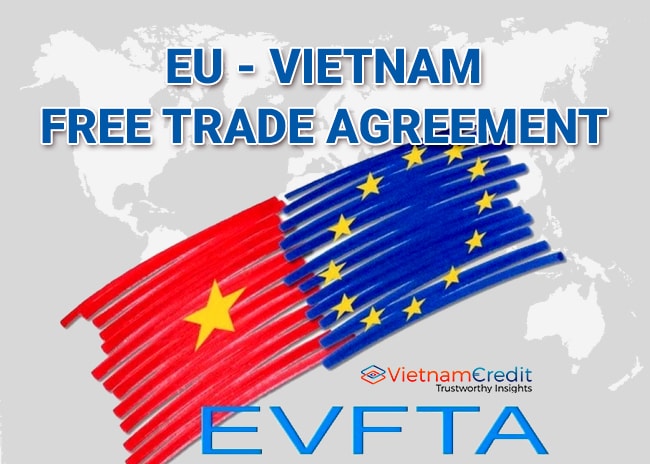The total annual output of Vietnam's chemical industry accounts for about 10-11% of the contribution to GDP of the industrial production sector. The labor force accounts for nearly 10% while its labor productivity is 1.36 times higher than the average labor productivity of the production sector.
A glance at the industry
Vietnam's economy is almost entirely dependent on agriculture while chemical is just an emerging industry. As a result, most agrochemicals and other chemical products have to be imported. Vietnam's chemical industry is still in its infancy, producing only basic chemicals. Industrial chemicals that are domestically produced do not meet domestic demand and are only sufficient for the production of pesticides and other basic products. In addition, Vietnam has not been able to produce pure and special chemicals.
Vietnam's chemical production technology is considered backward compared to the world in general. Chemical products have less competitive performance with countries in the same region and Vietnam has less awareness of chemical risks. That leads to the loss of natural resources, and people living here also face the problem of serious environmental pollution. Currently, the Vietnamese agrochemical market holds about 0.5% of the international market share.

As of 2020, there had been about 1,818 enterprises in Vietnam’s chemical industry. In particular, there were 894 enterprises producing fertilizers (accounting for 49%), 106 enterprises producing plant protection chemicals (accounting for 6%), 14 enterprises producing petrochemical products (1%), and 68 enterprises producing basic chemicals (accounting for about 4%). Currently, there are about 2.7 million employees, of which 725,000 are directly involved in the production of chemicals and chemical products.
A good sign is that in recent years, there have been several large-scale projects in the industry. That shows the demand of the market and the attractive policy of the State for industrial development and chemical industry.
In the context of the industrial revolution 4.0, the inevitable requirement for the chemical industry is to support and encourage scientific and technological research, focusing on the use of existing by-products and wastes as raw materials for the production of other products.
Positive results in exports of chemicals
Regarding exports, Vietnam's chemical export turnover has increased sharply in 2021 after a decline in 2019 and 2020. According to data from the General Department of Customs, Vietnam’s chemical export turnover in the first eight months of 2021 reached US$1.45 billion, up 29.4% over the same period in 2020.
In the period from 2016 to the first 8 months of 2021, the structure of Vietnam's chemical export market changed when the export market share to China increased and that to India and Japan experienced the opposite.

In the first eight months of 2021, China accounted for 26% of Vietnam's total chemical export turnover with a turnover of US$377.9 million, down 2.5% over the same period last year.
However, chemical export turnover to most other markets increased sharply in the same period. In particular, exports to Japan increased by 21.4%, to India increased by 126.5%, while to South Korea decreased by 67.6%.
For the EU-Vietnam Free Trade Agreement (EVFTA), the chemical sector is believed to have an opportunity to improve export turnover to the EU thanks to the impact of the tax rate gradually decreasing to 0%.
Chemical products that Vietnamese businesses can take advantage of the EVFTA include basic chemicals and detergents. Specifically, for laundry detergents (HS 3402), the tax rate was adjusted from 4% to 0% as soon as the agreement came into force, while for phosphorus products (HS 2804 7000), the tax rate was also adjusted down from 5.5% to 0% as soon as the agreement came into effect.

According to the International Trade Center (ITC), in the period 2016-2020, a number of key exported chemical products of Vietnam achieved higher growth rates than the world's import growth in the same period.
Specifically, artificial corundum (whether or not chemically defined), aluminum oxide, and aluminum hydroxide achieved an average export growth of 23% in the period 2016-2020, while the global growth rate in this period increased by about 8%.
Exports of hydrogen, rare gases and other non-metallic products of Vietnam also increased by 5% during the above period while that of the world decreased by 6%.
Source: MOIT
Compiled by VietnamCredit


























































